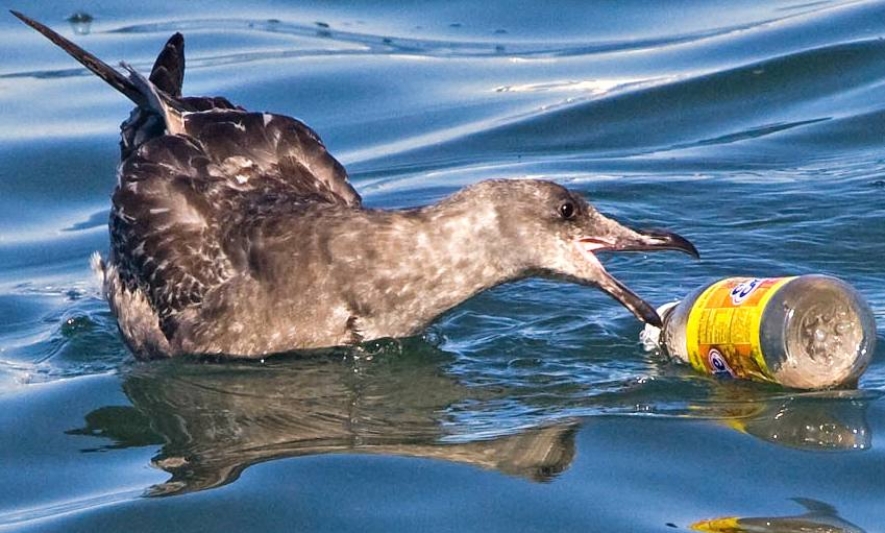"This is a huge amount and really points to the ubiquity of plastic pollution," said lead author Chris Wilcox, senior research scientist at Australia's Commonwealth Scientific and Industrial Research Organisation (CSIRO).
The analysis of studies published since the early 1960s showed that plastic is increasingly common in seabirds' stomachs. In 1960, plastic was found in the stomachs of less than 5 percent of seabirds; by 2010 that figure had risen to 80 percent.
Based on current trends, the scientists predict that plastic ingestion will affect 99 percent of the world's seabird species by 2050.
The plethora of plastic comes from bags, bottle caps and plastic fibres from synthetic clothes that have washed out into the ocean from urban rivers, sewers and waste deposits.
Birds mistake the brightly coloured items for food or swallow them by accident, causing gut impaction, weight loss and sometimes death, the study said.
"Improving waste management can reduce the threat plastic is posing to marine wildlife," Denise Hardesty, who also works at CSIRO, noted. "Even simple measures can make a difference," Hardesty added.
"Efforts to reduce plastics dumped into the environment in Europe resulted in measurable changes in plastic in seabird stomachs in less than a decade. This suggests that improvements in basic waste management can reduce plastic in the environment in a really short time," Hardesty pointed out.
The study was published in the journal Proceedings of the National Academy of Sciences. - IANS




















